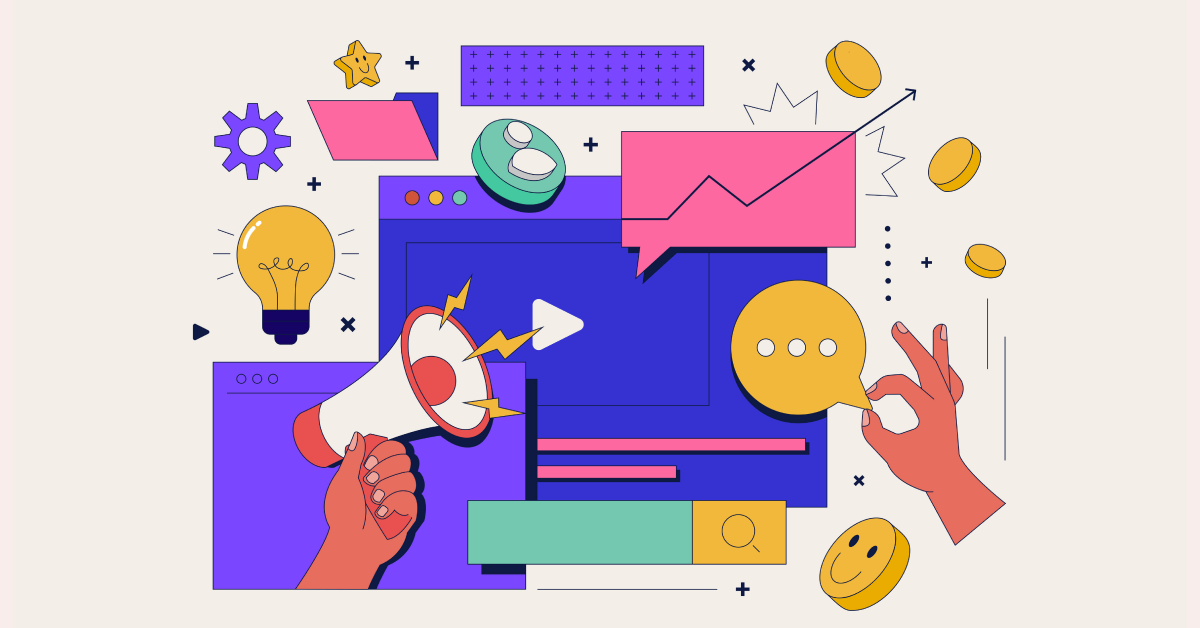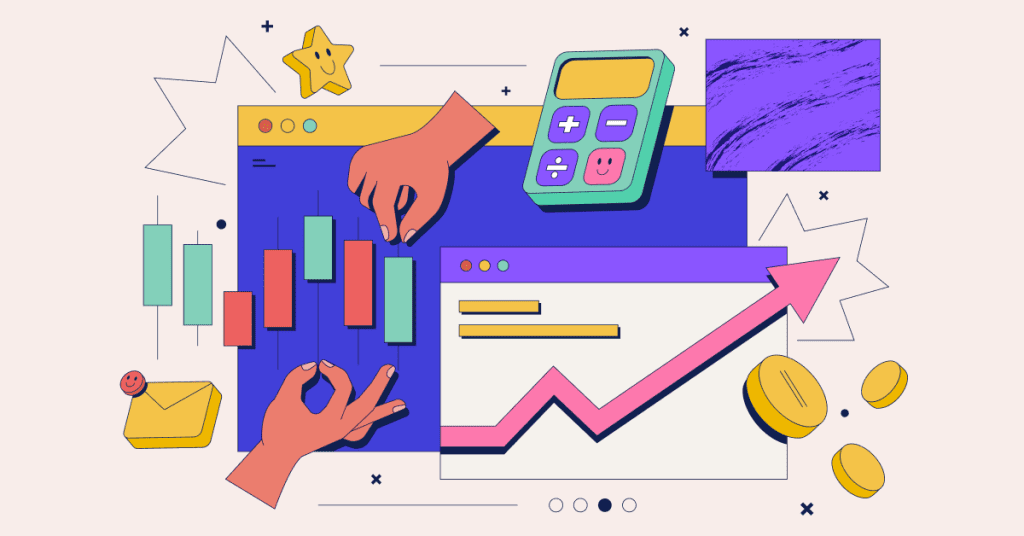For CMOs and Marketing Leaders:
As artificial intelligence (AI) reshapes how we build and launch campaigns, marketing teams are gaining speed — but often at the cost of clarity. Tools now generate content, images, emails, and even websites in minutes. That’s progress. But for CMOs, the real challenge isn’t creation — it’s connecting execution with business impact.
This article explores how AI-enhanced marketing can be paired with foundational systems, expert oversight, and iterative refinement to drive smarter, scalable growth.

The Acceleration Is Real — But So Is the Overload
AI is transforming marketing operations.
88% of marketers report using AI in their workflows, and over 50% of B2B teams have already embedded AI into core processes (SurveyMonkey, 2024, ON24, 2024).
From generating copy and visuals to building web layouts and automating campaign flows, AI has introduced unprecedented speed and scale.
Examples of this acceleration include:
- Launching landing pages in minutes, using AI-driven tools that remove the need for traditional design or development processes.
- Generating ad variations at scale, instantly adjusting headlines, visuals, and CTAs for different segments and formats.
- Auto-creating email campaigns with suggested subject lines, body copy, and timing based on user behavior patterns.
This acceleration is powerful — but with it comes a flood of output. Left unmanaged, it can lead to misaligned messaging, overproduction, and diluted performance focus.
For senior marketers, the challenge is no longer creation — it’s alignment, clarity, and results.
The Real Work Begins After Launch
AI can help your team ship faster — but not necessarily smarter.
Once your content, ad campaign, or landing page is live, the real work begins. Optimization is no longer a back-end activity; it’s a central function that affects budget efficiency, user experience, and conversion.
Some examples:
- Landing pages might be visually appealing but not conversion-optimized. They may load too slowly, lack form validation, or miss key messaging above the fold.
- Ad creative generated by AI can be on-brand, but still require performance testing, audience segmentation, and media mix analysis.
- Email sequences may sound polished but often lack behavioral triggers, proper tagging, or CRM integration.
AI can generate. But refinement — and alignment to business goals — requires intentional systems and oversight.

Optimization Is a System, Not a Phase
What separates high-performing marketing teams isn’t how much they produce — it’s how well they iterate.
To unlock results, AI-powered marketing needs to sit on top of strong infrastructure:
- Google Analytics 4 + Google Tag Manager: These aren’t just tracking tools — they power attribution, which means understanding exactly where your leads or conversions are coming from. Without this, it’s nearly impossible to evaluate channel performance or budget ROI.
- SEO Frameworks: Structured data — a standardized format that helps search engines understand your content — plays a key role in how pages are indexed and displayed. Combined with proper site architecture and on-page optimization, it increases visibility for high-intent queries.
- Paid Media Setup: Optimized campaigns require more than just ad spend. From conversion events and bid strategies to exclusions and creative testing, continuous refinement is key to controlling cost and increasing quality of leads.
- Email Marketing Automation: Pre-built sequences are a starting point, but real impact comes from behavior-based triggers, audience segmentation, and re-engagement logic — all of which require strategic setup and testing.
- Website Maintenance: Ongoing tasks like speed optimization, error monitoring, form testing, and user flow analysis directly influence user experience and conversions, especially in demand gen environments.
- Dashboarding: Instead of bloated reports, marketing leaders need dashboards that surface relevant KPIs — like cost per qualified lead or funnel conversion rate — in a format that supports fast decision-making.
Without this ecosystem in place, AI simply creates more surface-level activity — not sustainable performance.
Bringing It All Together
AI has undoubtedly changed how we operate — enabling speed, scale, and smarter automation. But execution alone doesn’t guarantee results.
To drive measurable marketing performance, AI must be integrated with:
- A reliable infrastructure (analytics, tracking, reporting)
- Iterative optimization (testing, refining, aligning with KPIs)
- Strategic oversight (turning output into outcomes)
CMOs who pair automation with optimization aren’t just moving faster — they’re moving smarter. They’re building systems that learn, adapt, and drive impact across the entire funnel.

Where Optiamaze Fits In
At Optiamaze, we help B2B companies close the gap between automation and results.
We work on a task-based model that fits modern marketing workflows — whether you’re rebuilding your GA4 structure, fixing a broken lead form, integrating ad platform conversions, or improving your landing page performance.
Think of it as subscription-based optimization: you bring the tools (including AI), and we help you get more out of them — fast, measurable, and scalable.
Next Step: Check Your Current Setup
Want to understand where your current marketing systems stand?
Get a free Amaze Check Report — a quick diagnostic that highlights missed opportunities, underperforming assets, and easy wins across your analytics, campaigns, and funnel.
Request Your Report
No fluff. Just actionable insights.


